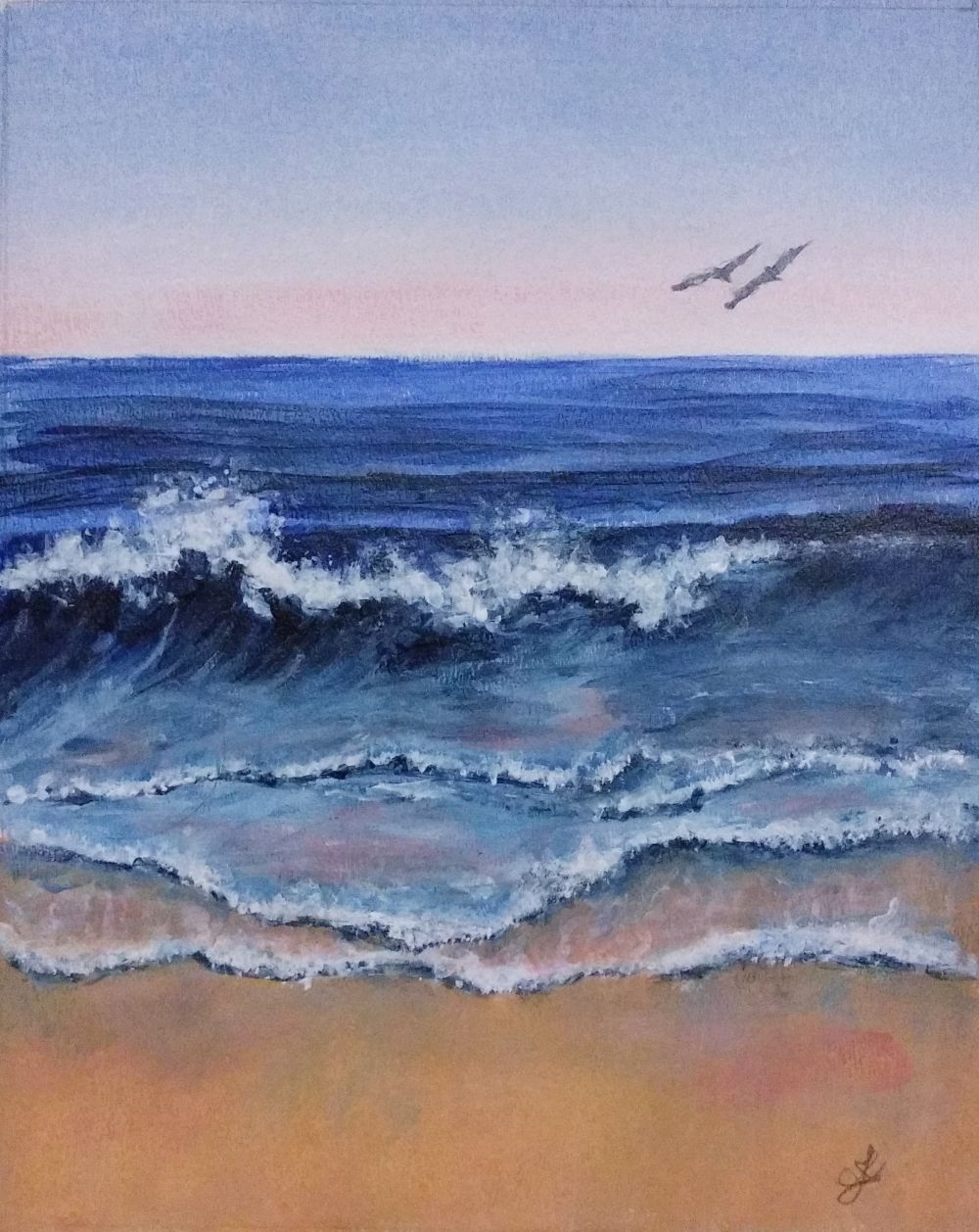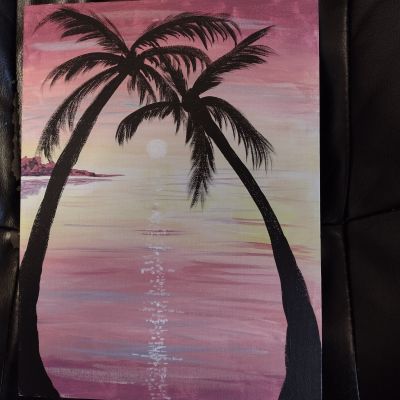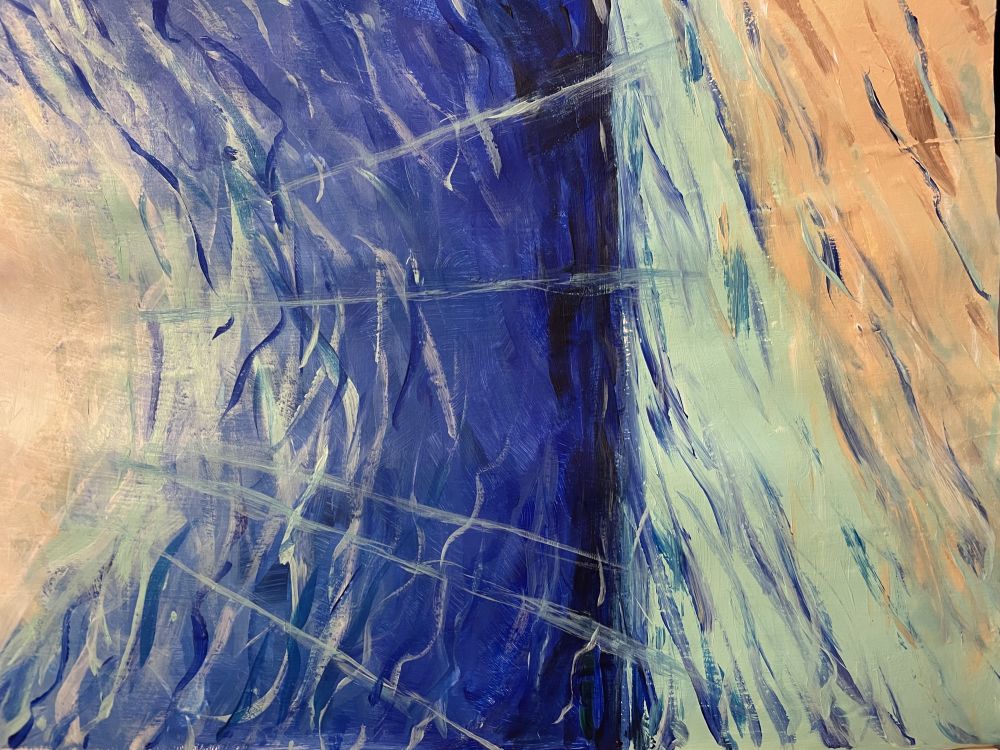2022 Workshop 1

Ashley Krieger
Workshop 1: Easy Breezy Beach Art with Acrylics
Hi! I am Ashley Krieger. I sold my home in Alaska, and almost everything so I could travel full time with my family. Besides being an avid explorer, I’m a full time artist. I teach people all over the world how to paint with acrylics and absolutely love it. I believe our happiness depends on taking the time to be creative, so I built Createfulart.com for art lovers like you. There you will find inspiration, art lessons, and ways to build your creativity so you can make your own masterpieces. My teaching method is based on making art simple to learn, with step-by-step videos that encourage you to be creative. I hope you enjoy these lessons and come by for more at createfulart.com.




































































